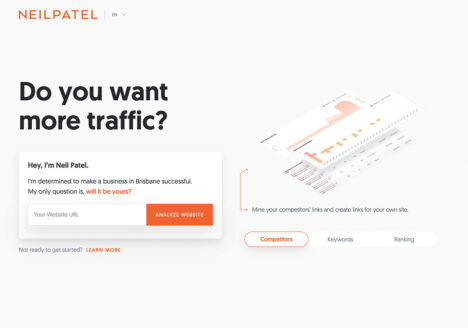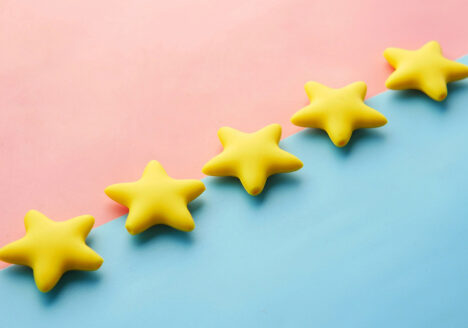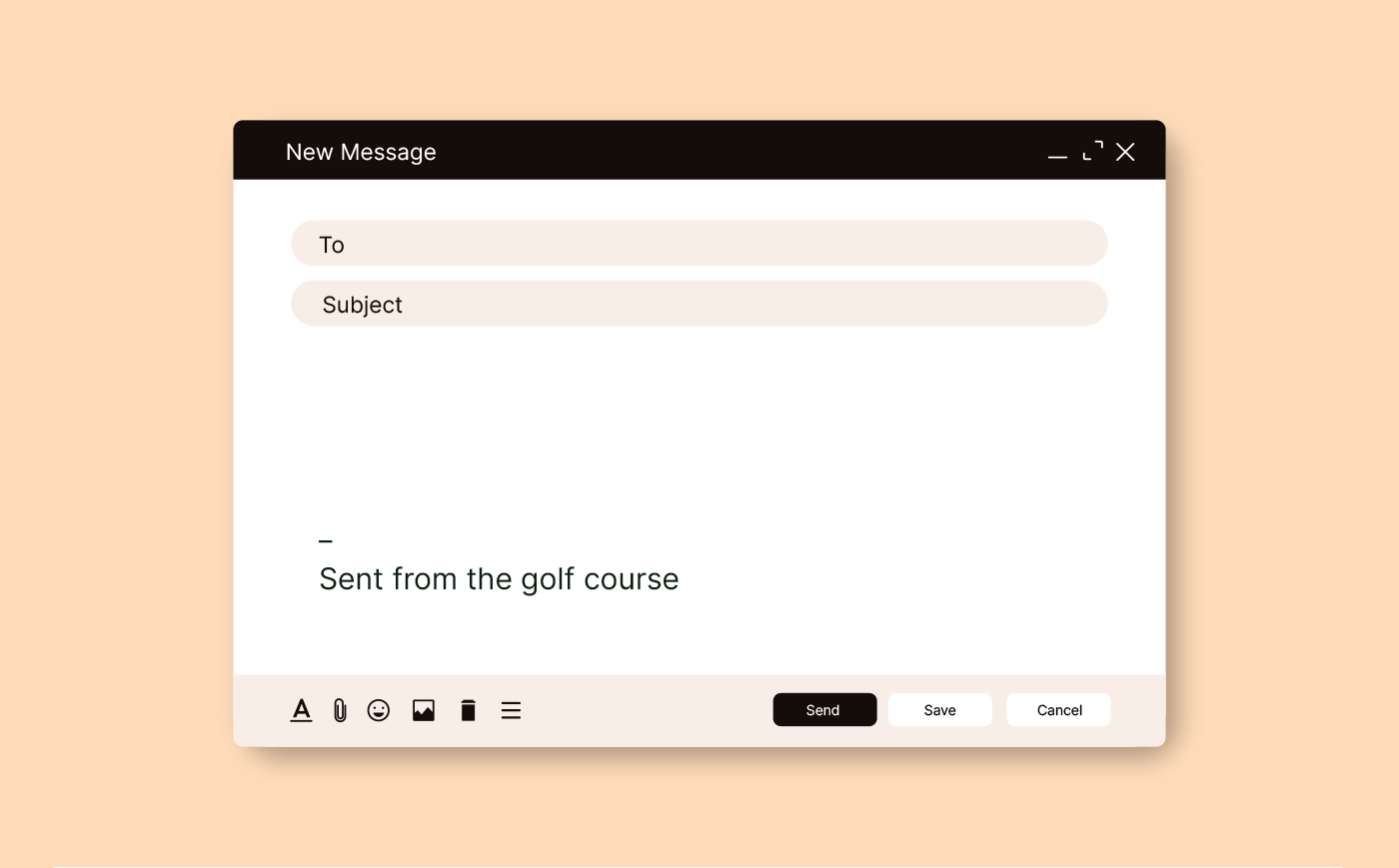Shape your brand: my go-to discovery questionnaire
Over the years, I’ve refined this brand discovery questionnaire through client projects and lessons learned. I’ve originally made it in french and in Google forms.
It’s one of my most valuable tools for getting clear on a brand’s direction, whether we’re starting from scratch or giving an existing identity a refresh.
Think of it as a conversation starter with your brand, the kind that reveals the good stuff: your values, your audience, your tone, and the subtle things that make your business feel like you.
When you take time to answer these questions honestly, you’ll notice gaps, opportunities, and ideas you might have missed. It’s not just about colours and logos, it’s about building an identity you can carry forward confidently.
I’m sharing it here so you can use it in two ways:
- If you’re a business owner: treat it as your warm-up before working with a designer or brand strategist. Your answers will give you (and them) a solid foundation to build on.
- If you’re a designer: feel free to adapt, borrow, or shamelessly steal it for your own process. It’s here to make your job easier.
Shape Your Brand: Discovery Questionnaire
Congratulations! You’re about to shape or reshape your brand.
This questionnaire will help you clarify your goals, define your positioning, and lay the foundations for a strong, consistent identity.
Taking time to answer these questions will not only guide the creative process, but also strengthen your overall brand strategy. It’s a chance to dig deeper into your values, your audience, and what makes your brand truly unique.
Estimated time: 15–30 minutes (or longer if you’d like to reflect more deeply)
If you’ve already considered these aspects, your answers may come quickly. If not, take your time, this is valuable groundwork for building a brand that lasts. This document will serve as a trusted reference to keep your brand aligned and consistent over time.
YOUR BUSINESS
- Your name and email
- What is your business name and tagline?
(Write the exact name as you’d like it to appear in your communications, plus your tagline if you have one.) - What does your business or product do?
(Explain in a few sentences what you offer: your products or services. Imagine describing it to someone who has never heard of your business.) - What problem do you solve for your customers?
(Identify the key need or challenge your customers face, and explain how you provide the solution.) - Is there a story behind your business name or logo (if existing)?
(Share the inspiration that led to your business, name, or logo, whether it’s a defining moment, a passion, or a strong idea.) - List 5 adjectives or words that best describe your business
(Examples: innovative, warm, minimalist, approachable, committed.)
YOUR COMPETITION
- Who are your top 3 competitors (direct or indirect)?
(List businesses that offer a similar product or service (direct competitors) or those that serve the same audience or need in a different way (indirect competitors)) - What do you like and dislike about their brand presence?
(Be specific: this could include their colours, logos, typography, tone of voice, or customer interactions. Note what you admire and what you’d like to avoid for your own brand.) - What sets you apart from your competitors?
(Explain what makes you unique or a better choice. This could be your product, service, customer experience, or core values.)
YOUR CUSTOMERS
- Who is your ideal customer? (demographics, habits…)
(Describe your primary target audience: their age, gender, occupation, lifestyle, interests, and values. Example: “A 35–45-year-old woman, active, eco-conscious, and passionate about wellness.”) - What objections or doubts might a potential customer have before buying from you?
(Consider the hesitations, concerns, or barriers that might prevent someone from purchasing: price, trust, timing, quality, or competing offers. Knowing these can help you address them in your branding and messaging.) - List 5 adjectives or words that best describe your ideal customer
(Examples: ambitious, practical, creative, eco-conscious, tech-savvy.) - What’s the main message you want customers to take away from your brand?
(Example: “We’re an eco-friendly and innovative brand”, “We simplify your life with accessible solutions”, or “We offer high-end products for unique moments.”) - What emotions should your brand evoke in your audience?
(e.g. trust, excitement, calm, exclusivity)
YOUR BRAND
- If you already have a brand identity, why isn’t it working?
(Explain your feelings about your current identity. Is it outdated, not representative of your business, or difficult to use across platforms? This will help identify what to improve or avoid.) - Where will your brand primarily show up?
(e.g. website, packaging, social media, events) - Where do you see your brand in 3–5 years?
(Describe your vision for the future: growth, recognition, expansion, or the kind of reputation you want to build. This helps ensure the brand identity is future-proof.)
Brand Personality
(For each pair of adjectives, choose the point on the scale that best reflects your desired image.)
- Accessible |—|—|—|—| Premium
- Casual |—|—|—|—| Formal
- Subtle |—|—|—|—| Bold
- Classic |—|—|—|—| Modern
- Handcrafted |—|—|—|—| Technological
- Raw |—|—|—|—| Refined
- Feminine |—|—|—|—| Masculine
- If your brand were a person, how would they speak and behave?
(tone, formality, personality traits) - Share up to 3 brands you find inspiring. What do you like most about them?
(For example: colours, typography, photography style, overall vibe. Optional.) - Share 1–3 brands you feel have a weak identity. What gives you that impression?
(Explain why their branding feels weak or ineffective. Optional.) - Do you have any specific “do’s” and “don’ts” for colours, fonts, or other brand elements?
(Include anything you strongly prefer or want to avoid. Optional.) - Any additional thoughts?




